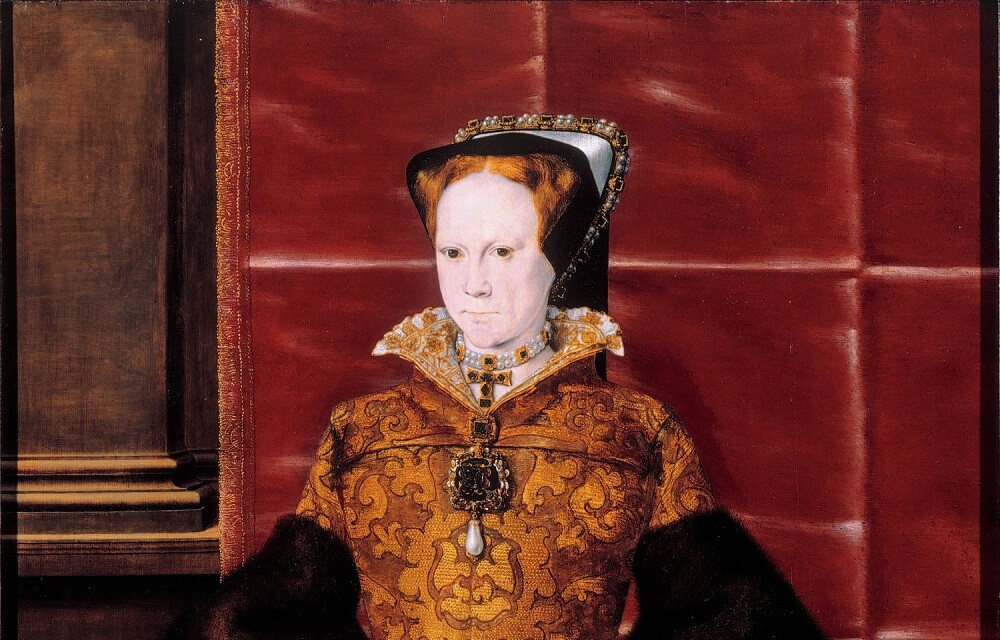Bloody Mary reigned over England for only five years. In that time, she earned a reputation as a fierce and fearsome ruler determined to enforce her will, no matter the cost. Her will was to restore England, which had recently gone Protestant, back to Catholicism. Those who objected were burned at the stake by the hundreds. Below are twenty five things about her and other bloody and fearsome women from history.
The Fearsome Bloody Mary

A ruler whose name goes down in history with the descriptor “Bloody” attached must have been a fearsome figure. That certainly applies to Mary I of England (1516 – 1558), also known as Mary Tudor, and more commonly as Bloody Mary. She could have been known in common historic perception as England’s first queen. Instead, she is better known as a religious fanatic – a vicious opponent of Protestantism, whose adherents she burned at the stake by the hundreds. It is unfortunate, all around, as, other than the bloody minded religious fixation that earned her the byname “Bloody”, Mary was a decent enough sort.

A studious and bright girl, she grew into a well-read and highly educated woman – at a time when most women were illiterate. The only surviving child of King Henry VIII and his first wife Catherine of Aragon, Mary was named Princess of Wales and heir to the throne in 1525. Things began to go wrong when her father decided that what he really wanted was an heir with a p-e-n-i-s. Mary’s mother had not given him a son, so Henry decided to get a new wife who would birth him one.

